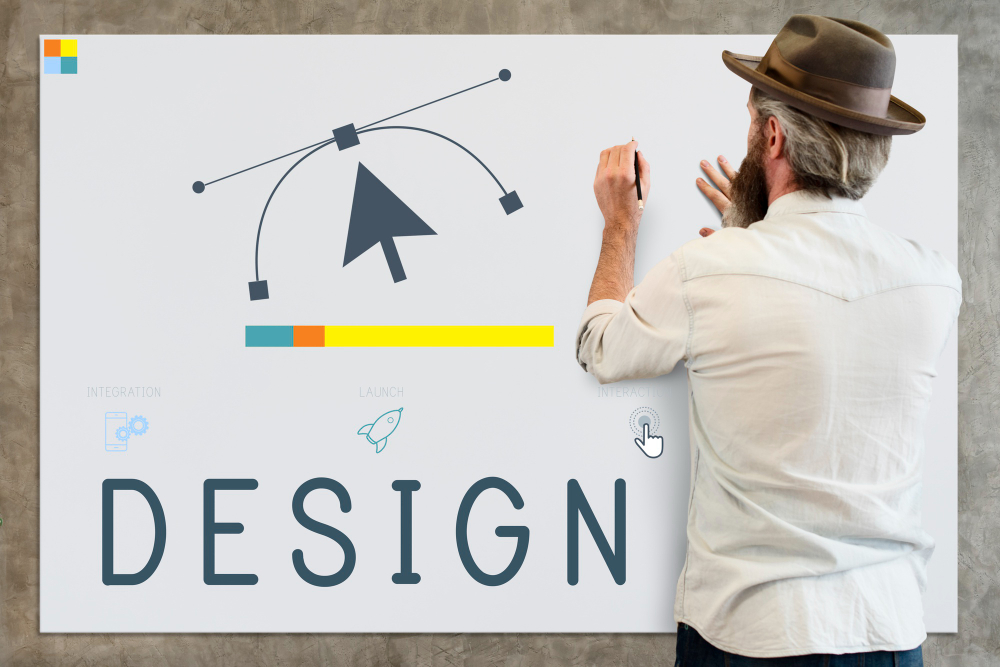The Five Stages of Design Maturity: Assessing Your Business’s Position
Design maturity reflects how well an organization can and wants to develop products that focus on the user’s needs. It looks at the effectiveness of design-related tasks such as user research, brainstorming, creating prototypes and how much the organization values design as a core aspect of its business. Think of design maturity as an organisation’s path, where it can progress through various stages over time. The further along this path, the better an organization can use design to achieve its business goals. For more insights into how design can drive business growth, visit Linkup Studio.
In this article, we’ll explore the five stages of design maturity and examine how to progress from one stage to the next. For a deeper dive into each stage, read this article: https://linkupst.com/blog/product-design.
Stages of Design Maturity
Design maturity consists of five distinct stages.
LEVEL 1: UNFAMILIAR WITH UX DESIGN
At this stage, the company might not understand what user experience design means or choose to overlook it. Often, this is because the organization doesn’t realize that design can play a strategic role; the business doesn’t recognize a link between effective design and its income. Being at this stage of maturity doesn’t imply that no one in the organization considers design necessary, but their views are probably not given much attention.
LEVEL 2: MINIMAL APPLICATION
At this stage, the company knows about UX design but applies it only in specific situations. For instance, UX design might be used for individual projects. The product team might use established design methods for a project, such as design thinking, while others are developed without these approaches. Since design isn’t a core component of the company’s product strategy, the business doesn’t benefit significantly from using it. To understand how to apply UX design effectively, visit https://linkupst.com/services/digital-product-design.
LEVEL 3: EMERGENT
At this stage, the company recognizes the value of UX and attempts to incorporate it into its design strategy. However, the company is still learning to integrate UX practices into everyday tasks effectively, and errors might be made. Consequently, UX efforts may be uneven, and many UX-related tasks may be managed inefficiently. For instance, a product team could spend too much time on design exploration and not enough on validating those designs, leading to a product that doesn’t offer a good user experience.
LEVEL 4: ORGANIZED
At this stage, the company effectively integrates design into its overall strategy. It sets up a clear design process and chooses appropriate tools and methods, allowing for consistently high-quality design results. UX efforts are thorough, and the company clearly recognizes the benefits of implementing UX design.
LEVEL 5: STRATEGY LED BY DESIGN
At this stage, the company leverages design as a critical element for its growth. It employs UX design to gain a deep understanding of user needs and behaviours. This understanding then informs product design choices, aiming to boost the company’s earnings.
Steps to Enhance Your Design Maturity
An organization can undertake actions to progress from one maturity level to the next.
EVALUATE THE PRESENT SITUATION
The initial step for the organization is to evaluate its current design skills to pinpoint solid points and areas requiring enhancement. Examine the organization’s design workflow, understand how various departments collaborate, and how the business gathers and interprets user feedback. This evaluation will aid in identifying the organization’s present design maturity level and outline the steps needed to advance to the next stage.
DEVELOP A STRATEGY
Once the assessment is complete, it is crucial to create a straightforward design strategy that matches the broader business goals. You should outline the aims, objectives, and results the organization aims to achieve with design. Tools such as the Business Model Canvas can assist in organizing the information needed for this analysis.
SET ASIDE FUNDS
After identifying the business’s goals, the next step is calculating the necessary budget to meet these objectives. Allocating resources is a crucial phase because making any changes is unfeasible without a dedicated budget. This budget might be used to recruit new talent, provide training for current staff, and purchase new tools needed to enhance the design process.
DEFINE METRICS
What’s your strategy for gauging success? It’s essential to set up specific metrics and criteria for evaluating the success of the design process and its influence on business results. These metrics should be determined before making any changes. Start by measuring your current performance to serve as a baseline for comparison as you move forward.
CREATE A WORKFLOW
After setting up a strategy, allocating funds, and identifying metrics, the next step is implementing a solid design workflow. This workflow needs to be adaptable to suit various project requirements. Getting the process right on the first try may be challenging, particularly if your organization is starting to focus on design maturity. However, learning from real-world results can continuously improve the process over time.
Good design leads to good business. Knowing where your organization stands regarding UX maturity is crucial because it affects your company’s financial performance. Recognizing your level of design maturity helps identify areas for improvement, enhancing your business’s efficiency.
For more insights into the impact of design on business, watch this YouTube video:


















